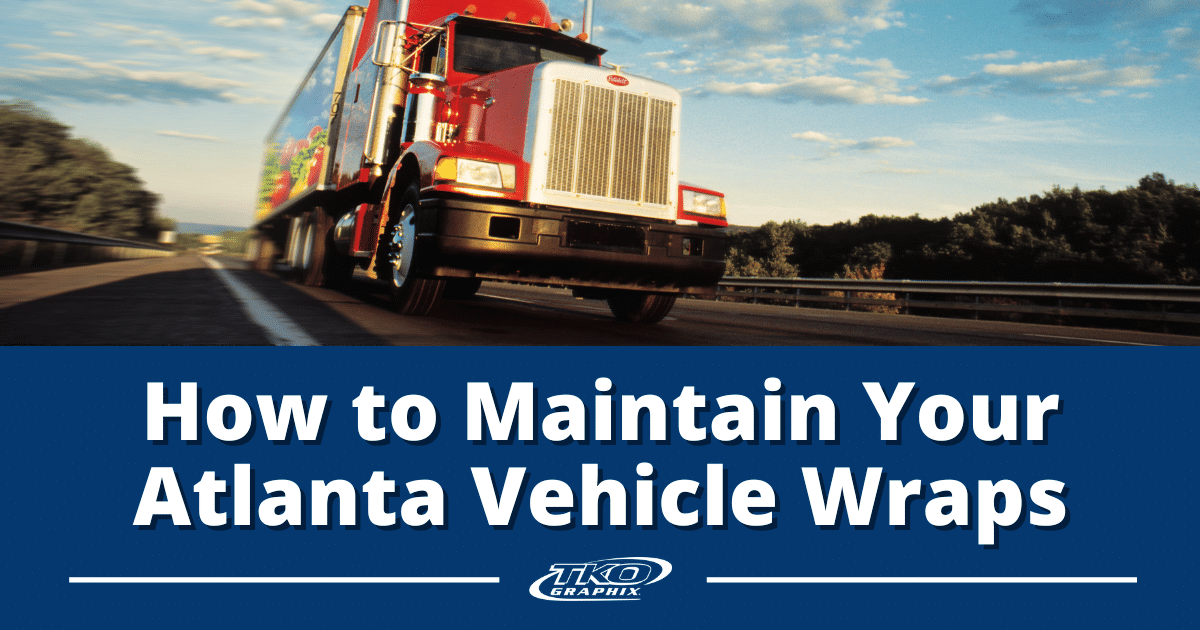Our front line staff – sales consultants, CSR’s, and designers work directly with customers every day. With that in mind, we asked our experts their most frequently asked questions. We received enough response to begin a series we believe will be valuable to anyone researching vinyl graphics materials for vehicle graphics.
What Vinyl Graphics Materials are Used for Vehicle Graphics?
The short answer
Vinyl graphics materials with an adhesive backing specifically designed for this application.
The long answer
Vinyl begins as Poly Vinyl Chloride (PVC), then additives create the vinyl film used to wrap vehicles. Plasticizers are added for flexibility, pigment is added for color, then UV absorbers and heat stabilizers are added to create a vinyl that will conform to a vehicle’s shape and withstand the elements. Cast, or “premium vinyl,” is a process similar to making a cake. Ingredients are mixed and solvents are added, then poured into a casting sheet, which is baked, allowing the solvents to evaporate. This process makes a very flexible, thin, shrink-resistant material. Another manufacturing option is the calendar or economy process. In this method, ingredients are mixed, but solvents aren’t added. Like pizza dough, the vinyl is rolled and stretched into the desired shape. This material is thicker and having been stretched, it tends to shrink.
Not All Vinyl is Created Equal
Some vinyl is pressure activated with microscopic glass beads preventing air bubbles when properly applied. Materials are often clear-coat laminated for added protection from elements. Some adhesives are designed to last for several years and to be easily removed (check warranties).
How Do You Know What to Use?
The best answer to this question is to consult a reputable vehicle graphics provider.
There you have it, the short and the long. If you have any questions be sure to Contact TKO Graphix.








http://goo.gl/geSWZ